How to Prevent Your Sports Cards from Bricking
By Sal Barry
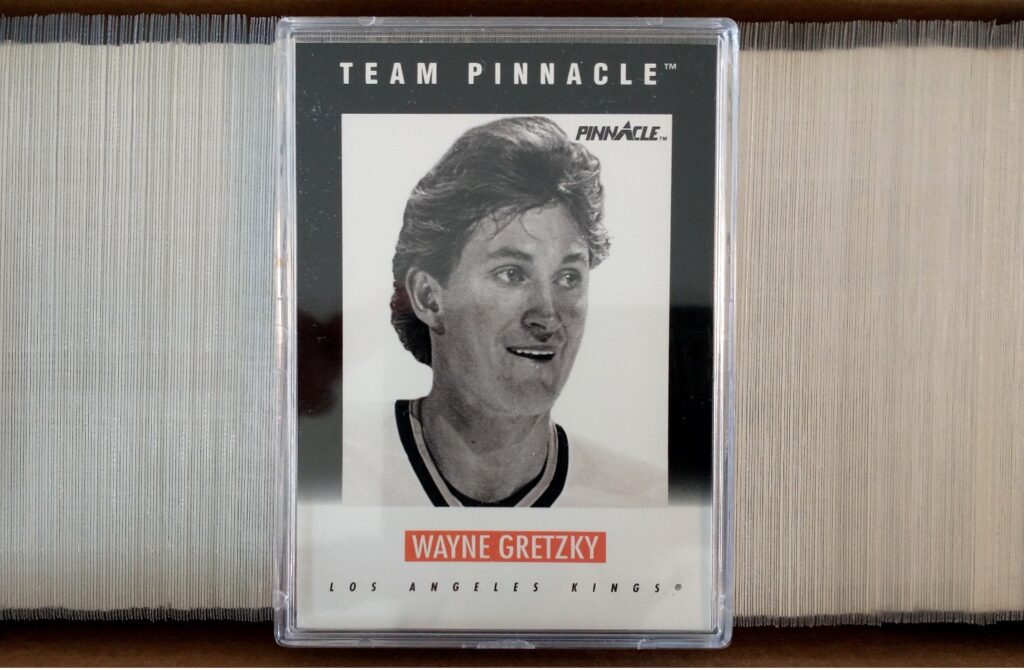
Longtime collectors remember when sports cards started using a high-gloss protective coating in the early 1990s. This coating – known as UV coating – gave the cards like Fleer Ultra and Topps Stadium Club a slick, premium feel to them. Collectors loved it!. But this eventually led to a problem called “bricking.”
Bricking is when cards get stuck together in a stack resembling a brick. And once they brick, they are hard to unstick. Read on to learn why cards stick together, what to do if they brick, and how to prevent that from happening in the first place.
What is UV Coating?
UV coating uses a clear substance applied to the surface of a trading card (or other printed material) and then hardened with an ultraviolet (UV) light. This gives the trading card a slick, super-glossy feel to them, makes the colors brighter, and offers some protection to the card’s surface. For these reasons, UV coating became the norm by the mid-1990s for nearly all sports and non-sports trading cards.
Why Do Cards Brick?
The short answer is pressure and moisture.
Most trading cards were overproduced in the early 1990s – known as the “junk wax era” – and had little resale value back then. Thus, dealers and collectors had little incentive to put these near-worthless cards into soft sleeves, a.k.a. “penny sleeves.” And at the time, that made sense; why spend a penny protecting a card that was maybe worth a nickel?
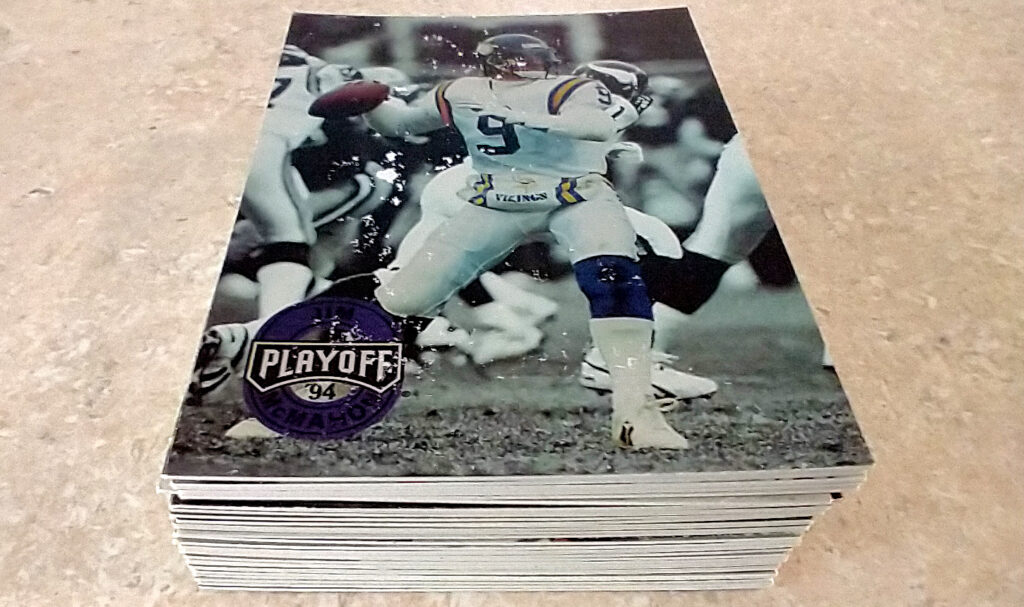
Likewise, these cards were usually packed tightly into boxes – either as complete sets, or in monster boxes of commons stored away to be dealt with eventually.
Since UV coating was a new technique back then, no one really knew that it would inadvertently cause problems years later.
While the pressure of tightly packing UV-coated cards can make them stick together, moisture makes this problem worse. UV coating is not waterproof, and moisture from being stored in a humid room can cause cards to stick together. Areas like basements and attics that are not usually climate-controlled can have higher humidity. Your best bet is to store cards at room temperature.
Unfortunately, bricking is not unique to cards that have already been opened. Many YouTubers and vintage breakers, chasing after rookie cards of Derek Jeter and Shaquille O’Neal, find that their “pack fresh” cards from the 1990s stuck together!
How to Un-Brick Cards?
That is the million-dollar question, and sadly, there is no silver bullet or easy answer for this problem.
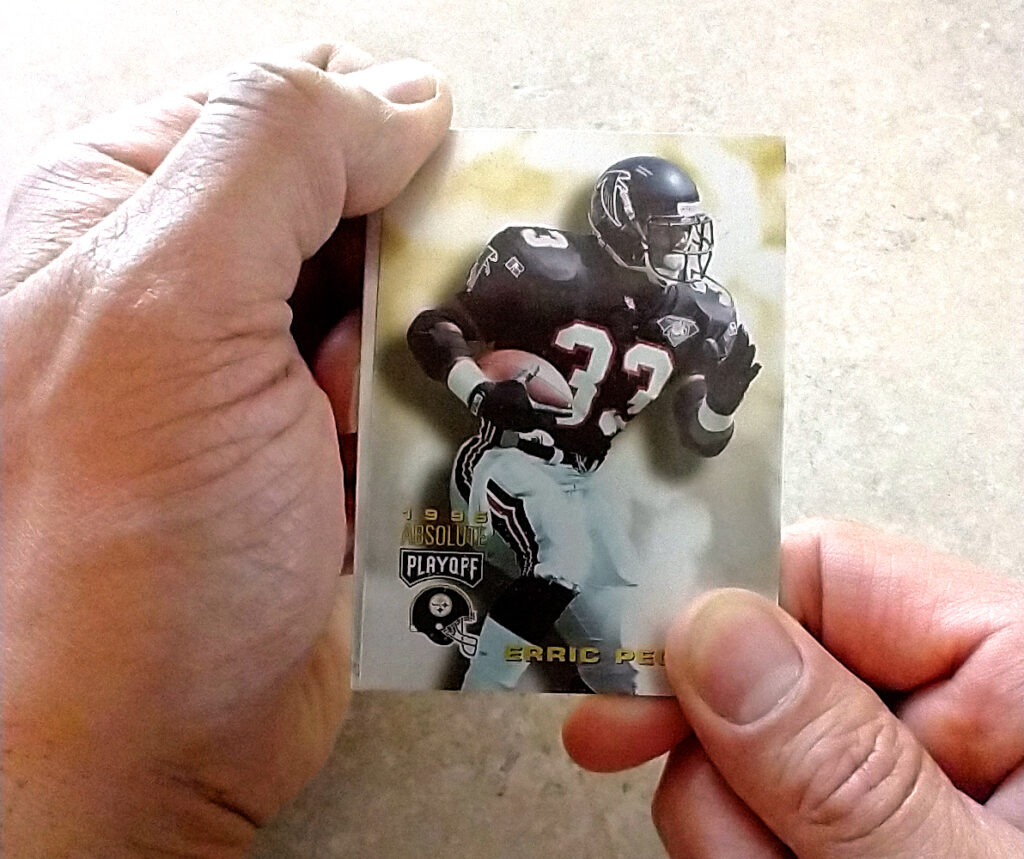
If the cards are not stuck together too tightly, they can usually be un-stuck by picking up a stack, holding two corners that are diagonal from each other – such as the top-left and lower-right corners – and giving the cards a gentle twist. If the stack is only two or three cards, you can also slightly bend the cards to get them to come apart.
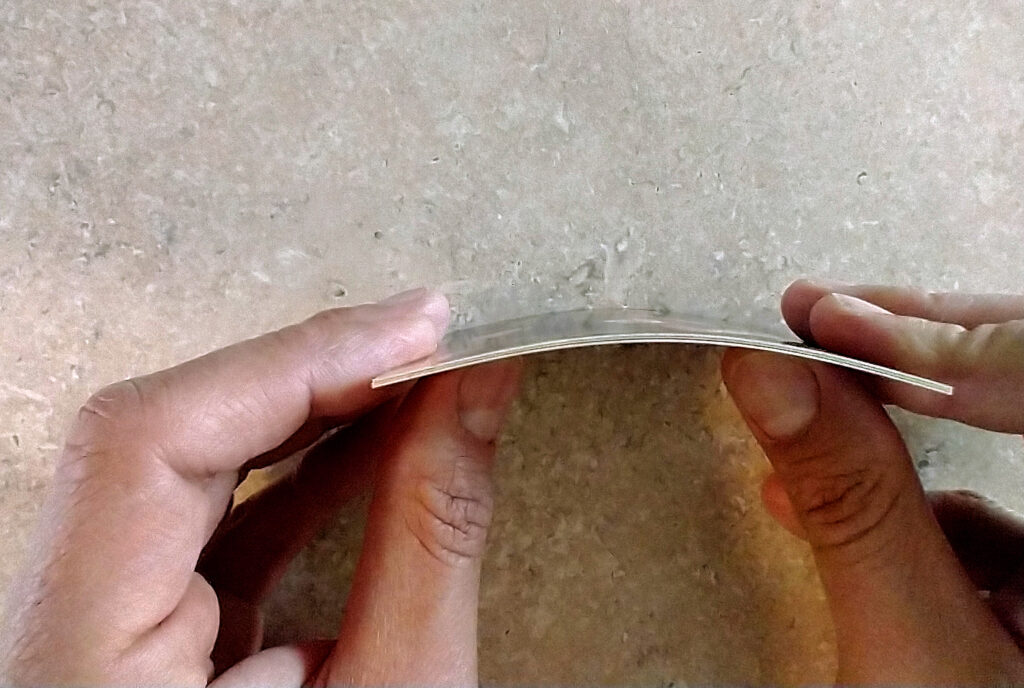
Usually, you’ll hear little popping noises, as the cards pull apart from each other. Sometimes, this leaves no damage on the card’s surfaces. Other times, you may get a little speckling on the surface that is hardly noticeable but will ruin your chances of your card getting graded as a PSA 10. At worst, there will be quite a bit of paper loss, ruining the card.
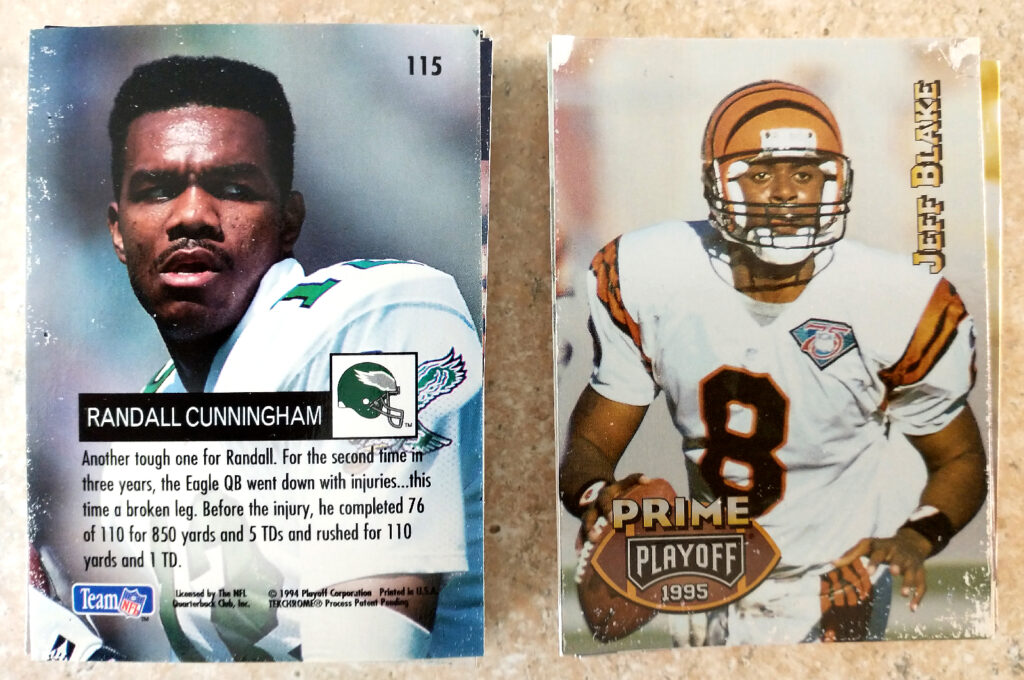
For more extreme bricking, I’ve read that some collectors will put the cards in a freezer for a few hours and then pull them apart. I’ve tried this and it hasn’t worked for me. Another method with mixed results is heating up the cards using a hair dryer and then pulling them apart.
Again, none of these methods are foolproof, and what may work for some cards may not work for others.
How to Prevent Bricking?
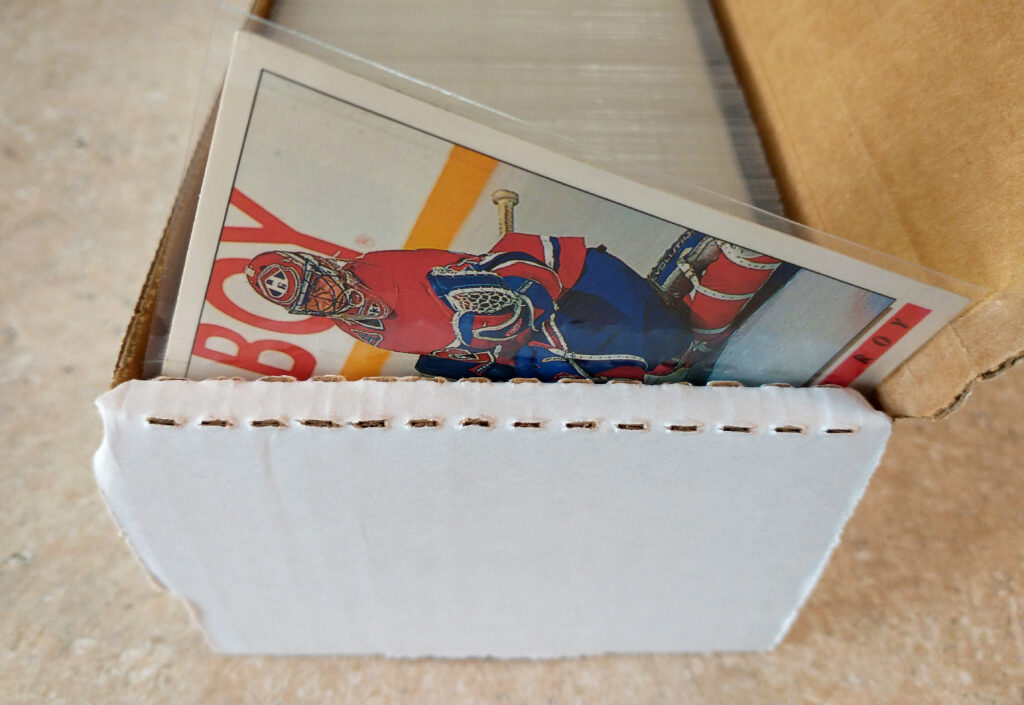
The best way to keep your cards from bricking is to put cards in soft sleeves, card pages, or card holders. In short, you don’t want the cards’ surfaces to touch each other.
If you decide to put your cards into pages and albums, great! Problem solved.
But if you don’t have the room, a great alternative is to use soft sleeves and card storage boxes – with foam “Monster Pads” to fill space as needed. Here are a few tips:
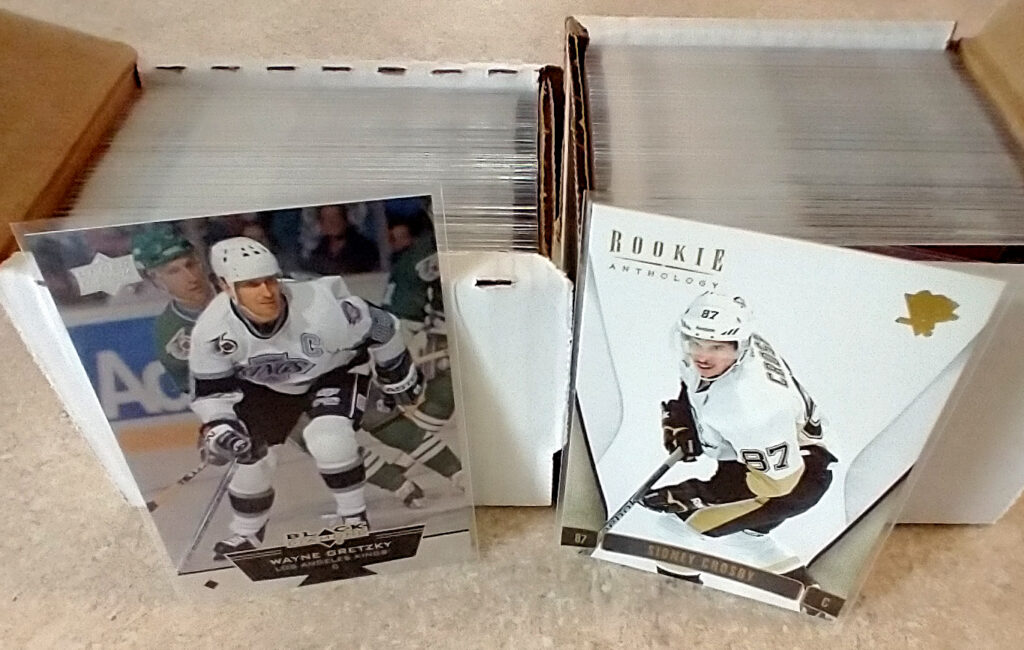
Not all cards are the same thickness. I have numerous 100-card sets that, when each card is put into a soft sleeve, fits perfectly into 100 Count Storage Boxes. And I have just as many 100-card sets that, when sleeved, need to be stored in 200 Count Storage Boxes. A 200-card set that is sleeved will fit into a 300 Count Storage Box with room to spare. A 400-card set might need a 500 Count or 550 Count Storage Box once put into sleeves, depending on card thickness. I have a 528-card in sleeves that fits in a 550 Count Storage Box and a 700-card set in sleeves that needs to be stored in a 930 Count Storage Box. Really, there’s no formula; it just depends on how thick the cards are.
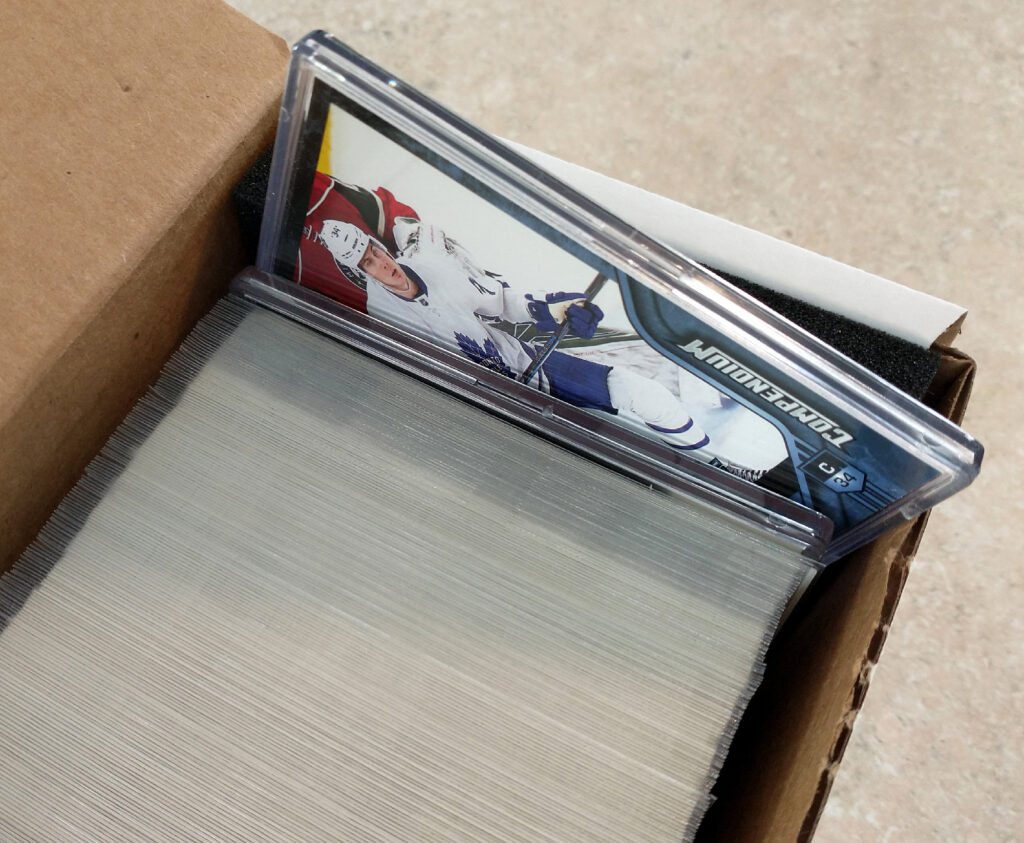
Use Snap Card Holders for “key” cards. Even junk wax era sets have one or two notable cards that merit better protection, such as a rookie card or a star card. Snap Card Holders are great because they protect cards better than a soft sleeve while also fitting into card storage boxes.
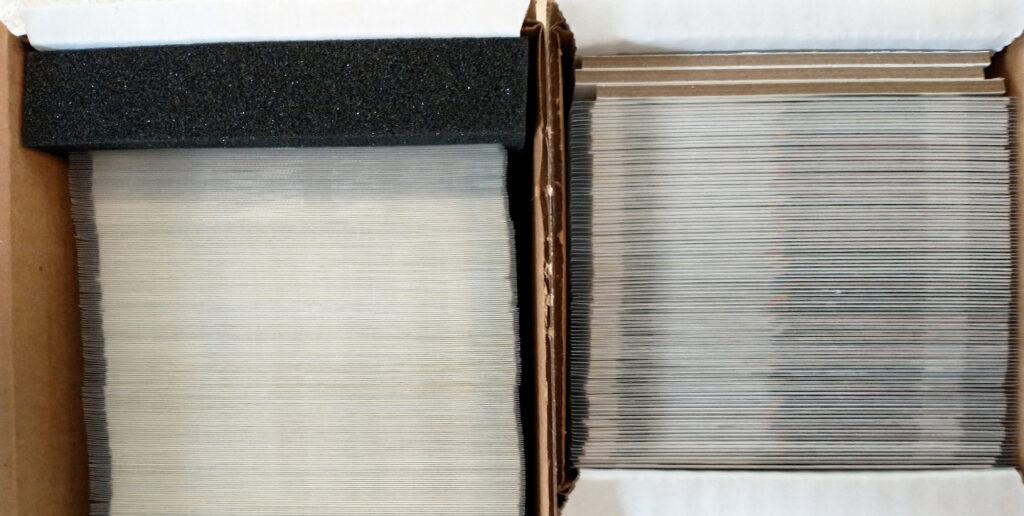
Fill empty space to keep cards snug. You don’t want cards to be packed into boxes too tightly, but you don’t want them to shift around, either. If you have a sizable gap to fill, use a foam Monster Pad to keep the cards in place. If there’s just a little room, you can try using a few thick “decoy” cards that companies put into packs. But don’t overdo it. Remember, it is always better for the cards to be a little loose than too tight.
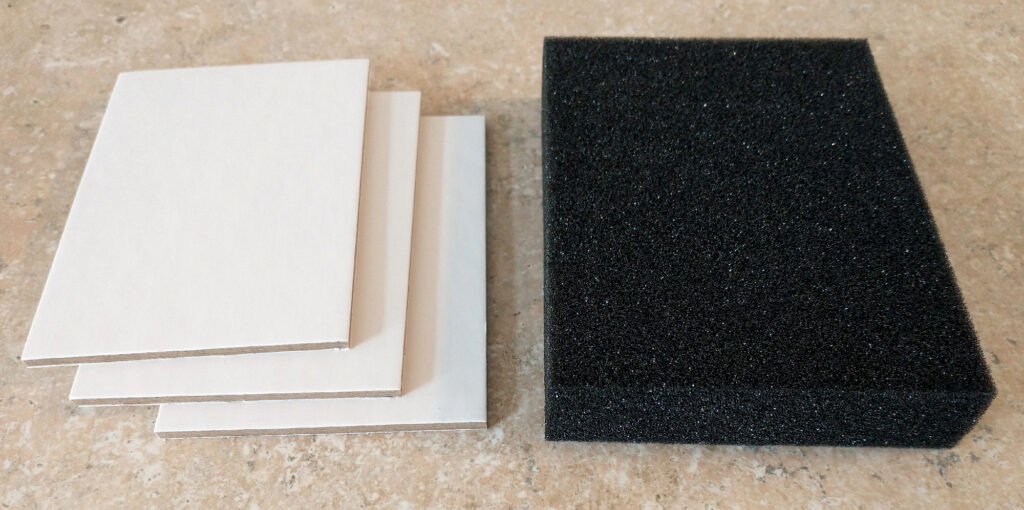
Open those factory sets. If you buy a factory set that you intend to keep for a while, open it up and put the cards into sleeves. I know – it defeats the purpose of having a sealed set. But even worse is opening that set 30 years later – or selling it to someone who does – to find that the cards are stuck together.
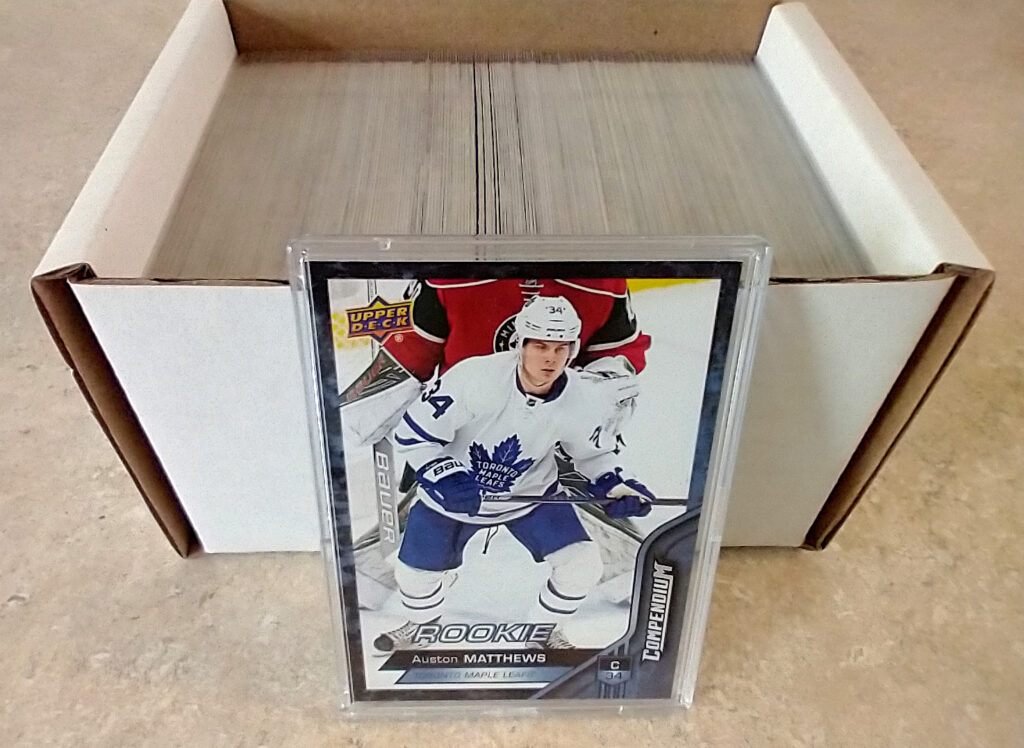
With a little time and effort, but not much expense, you can keep your cards from bricking.
Have any of your sports cards ever bricked? What did you do about it? Have you tried any of these methods for un-bricking cards? Leave a comment and let us know.
Sal Barry is the editor of the hockey collectibles site Puck Junk and the host of the Puck Junk Podcast. Email him at [email protected] and follow him on Twitter, Instagram, TikTok, and YouTube.

Well, well… looks like my uncle would wanna pay attention to the details in this article before making some purchases from a seller. He’s been an avid collector of baseball cards since the early ’90s and has no intention to stop expanding his collection. It was nice of you, though, to recommend we keep valuable cards inside snap holders to maintain their intactness.